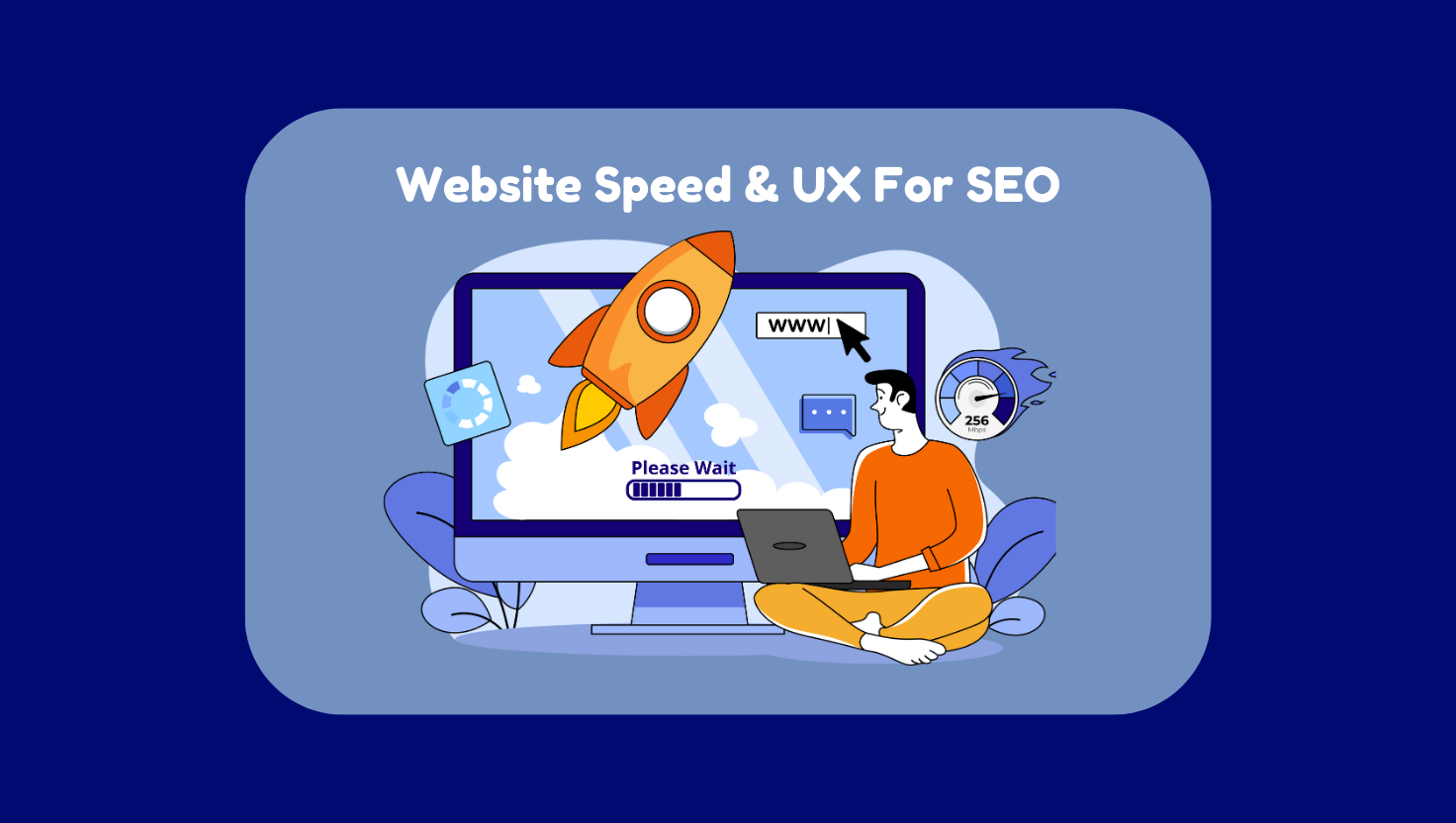
12 Feb The Importance of Website Speed and UX for SEO
Website speed plays a crucial role in determining a site’s success in search engine rankings. Google has explicitly stated that page speed is a ranking factor, meaning slow-loading websites may struggle to reach top positions in search results. Fast-loading pages enhance the user experience, reduce bounce rates, and improve conversion rates.
The Impact of Slow Websites on SEO
Higher Bounce Rates – Users tend to leave sites that take too long to load, signaling to search engines that the page may not provide a good experience.
Lower Rankings – Slow websites are penalized by Google’s algorithm, reducing their visibility in search results.
Reduced Crawl Efficiency – Search engines have limited crawl budgets, meaning slow sites may not get indexed properly, leading to fewer pages appearing in search results.
The Connection Between UX and SEO
User experience (UX) encompasses how visitors interact with a website, influencing how long they stay, how they engage with content, and whether they convert into customers. Google’s ranking algorithm favors websites that provide a seamless and engaging user experience.
How UX Affects SEO
Mobile-Friendliness – Google’s mobile-first indexing means websites that are not optimized for mobile devices may rank lower in search results.
Intuitive Navigation – A well-structured website with clear navigation keeps users engaged, reducing bounce rates and increasing session duration.
Accessibility – Websites that are accessible to all users, including those with disabilities, perform better in terms of engagement and SEO.
Engaging Content – High-quality content that is easy to read and interact with encourages visitors to stay longer and improves rankings.
How to Improve Website Speed and UX for SEO
1. Optimize Page Load Speed
- Use a content delivery network (CDN) to distribute site content efficiently.
- Minimize HTTP requests by reducing scripts, stylesheets, and images.
- Enable browser caching to store website data and improve repeat visit performance.
- Optimize images using modern formats like WebP and compress large files.
- Implement lazy loading for images and videos so they load only when needed.
2. Improve Mobile Usability
- Use responsive design to ensure the site adapts to different screen sizes.
- Optimize touch elements for easy navigation on mobile devices.
- Avoid pop-ups and intrusive interstitials that disrupt the user experience.
3. Enhance UX Through Better Navigation
- Create a logical site structure with clear menus and categories.
- Use internal linking to guide users to relevant pages.
- Include a search function for easy content discovery.
4. Increase Content Readability and Engagement
- Use concise paragraphs, bullet points, and headers to structure content effectively.
- Choose fonts and colors that enhance readability.
- Incorporate interactive elements like quizzes, videos, and infographics to keep users engaged.
5. Secure Your Website
- Implement HTTPS to ensure a secure browsing experience.
- Regularly update software, plugins, and themes to prevent security vulnerabilities.
Conclusion
Investing in website speed and UX is essential for improving SEO performance. A fast, user-friendly site not only ranks higher in search engines but also keeps visitors engaged and encourages conversions. PT KDN, a trusted IT solutions provider, specializes in optimizing website performance, ensuring businesses stay competitive in the digital landscape.


No Comments